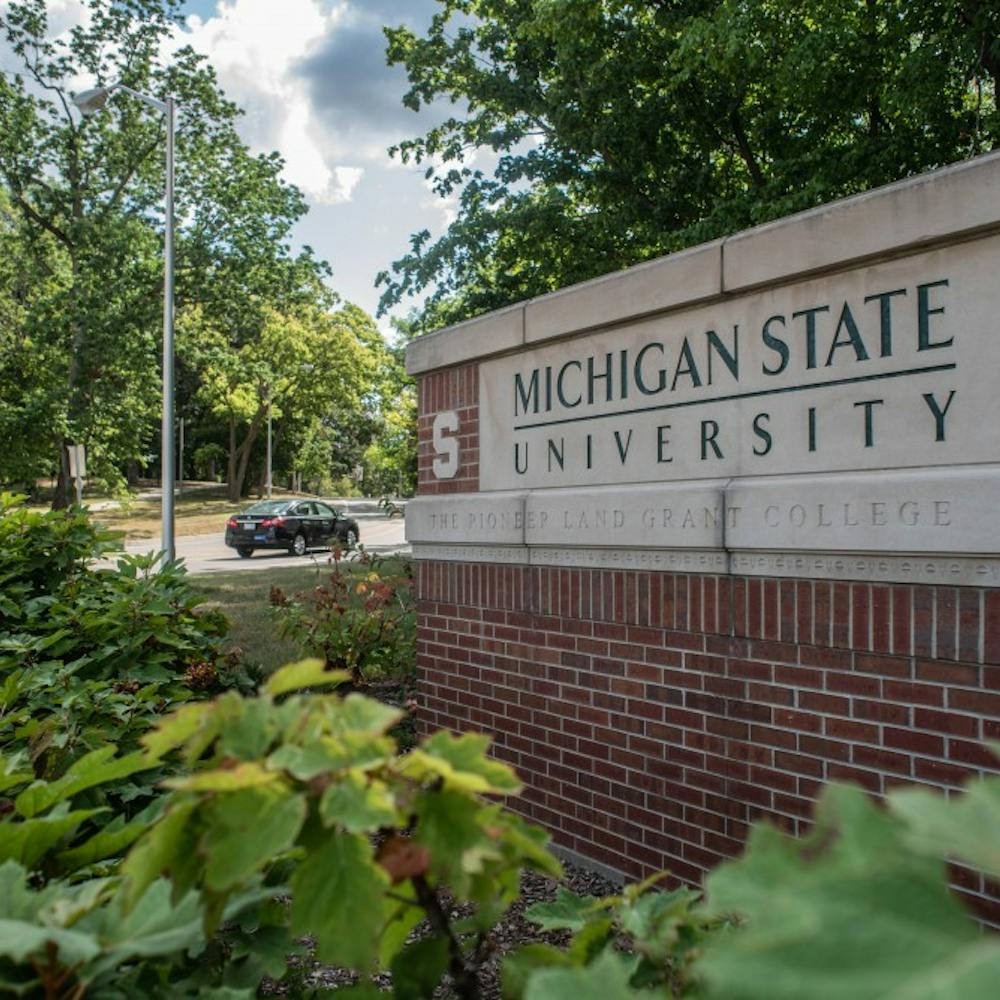Michigan’s population is growing slower than the national average, according to census numbers released Wednesday by the U.S. Census Bureau.
And although average growth in the country was reported as 13.2 percent, some state officials say they were satisfied with the state’s population growing by 6.9 percent.
“Overall, we’re pleased to see Michigan’s growth,” said Kelly Chesney, spokeswoman for the state budget office. “It’s a reflection of all the things we’ve done to strengthen our economy.”
The official numbers for Michigan, which determine the amount of federal assistance the state receives, place the state’s population at almost 10 million, a nearly 7 percent growth from 1990.
And although cities such as Lansing and Detroit dropped in the number of residents, many other Michigan cities such as Grand Rapids grew.
Detroit is also no longer counted as a million-plus city, dropping from 1.03 million to 951,270. Other large cities like New York increased by 7.8 percent, and Chicago posted its first population gain since 1950 by growing approximately 3.5 percent.
Despite the statistics, the decreased population numbers in urban areas follow a national trend of movement from cities to more rural villages or suburbs.
“People are shifting within the state, but it is a stable population,” said Ed Sarpolus of the Lansing-based polling firm EPIC/MRA. “You have to look at more than the census. We did grow - we don’t have stagnate growth.”
Lansing’s 2000 population was 119,128, down by 8,193 from the 1990 population of 127,321.
Lansing Mayor David Hollister believes the new count may not be completely accurate due to a problem with the counting.
“I think what the numbers reflect is the urban undercount,” Hollister said, referring to statistics that show poor citizens living in urban areas do not typically participate in the census.
“I’m just disappointed that census officials didn’t make accommodations for the urban undercount.”
However, Hollister pointed out plans for an estimated 200 new homes and school improvements as signs of growth in the city.
With slight losses in some areas, other state and city officials already are thinking about the next census in 10 years, hoping areas that experienced a loss will rebound.
“When people understood how much impact the census has on the federal money Michigan receives, they’ll understand why they need to fill out the form,” Chesney said.
Staff writer Eric Morath contributed to this report.




